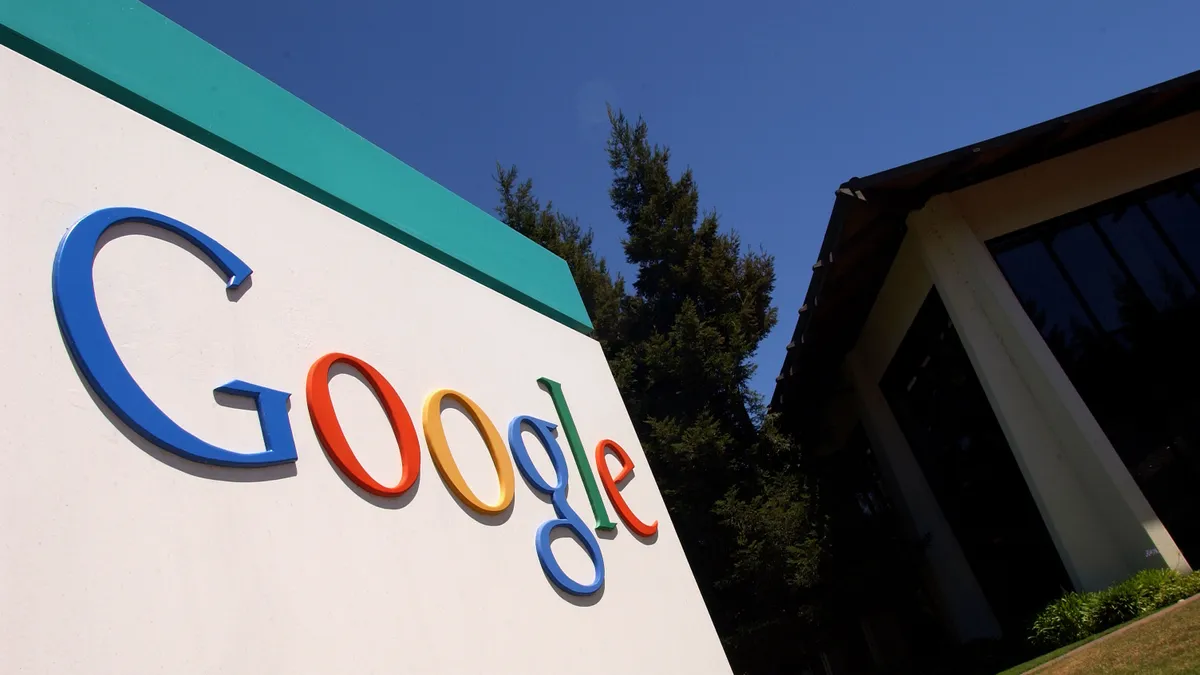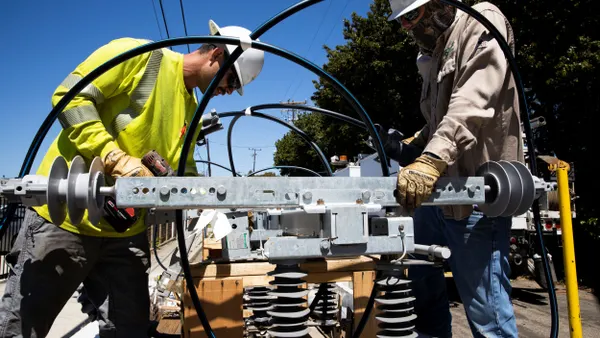Dive Brief:
- AES will partner with X, Google's research and development arm, on electric grid virtualization tools that will help support the corporation's transition to renewable energy.
- The partnership will develop technology to simulate and virtualize AES' distribution grids in Indiana and Ohio, giving operators a better real-time view of the grid and supporting long-range planning. AES Chief Product Officer and Senior Vice President Chris Shelton said the integration of artificial intelligence and machine learning will support "better decisions on investments and better action on real-time decisions" for the grid.
- "With the introduction of new technologies, whether that's electric vehicles, DERs [distributed energy resources] or smart devices, we need more sophisticated modeling tools," said Kristina Lund, AES president and CEO for U.S. utilities. "This will help us run simulations on a more complex system and get greater visibility into how these technologies support the grid."
Dive Insight:
The rapid addition of renewable energy generation to the grid — as well as new energy storage and DERs — means that long-range planning has become especially difficult for utilities and grid operators. Software that can virtualize the grid — similar to tools used in cloud computing and communications — can bring together all of those variable pieces, forming virtual power plants and giving operators more control in real time and a better sense of the long-range impacts new renewable resources and smart tools will have on the grid.
Lund said the project will be focused on the distribution side at first, with "a lot of potential to lower rates through greater efficiency of the grid" while also maintaining reliability with more renewable generation. Beyond that, she said, the visualization tool could support the transmission side, with a goal of eventually giving a real-time model of the grid, showing every generation and demand source.
In an April blog post, X Moonshots Captain Astro Teller wrote that the goal was to explore "whether creating a single virtualized view of the grid — which doesn't exist today — could make the grid easier to visualize, plan, build and operate with all kinds of clean energy." The innovation lab hired Audrey Zibelman, formerly the CEO of the Australian Energy Market Operator (AEMO) and chair of the New York Public Service Commission, to lead the moonshot project.
"There is no global map or end-to-end aggregated view that gives every operator a consistent, full view of what's happening on the grid from power plants down to the solar panels on your roof," Teller wrote.
Mike Smith, principal of the consultancy KLN Group, said virtualization technology can help operators "understand how the heck you'll keep the lights on in a month, two months, a year and many years away," even with ever-changing conditions.
"If you step back and look at the grid eight years ago versus today versus what it's going to be in three years, you're looking at three radically different things," Smith said. "When you're answering to customers and utility commissions, it makes sense to be as advanced as possible because the energy mix is going to be so different.
The announcement also comes amid a 10-year alliance between AES and Google, in which AES is providing carbon-free energy for Google data centers in Virginia and the technology giant is using Google Cloud technology to spur innovation in energy management. Shelton said the visualization project "evolved in parallel" and is "complementary" to the partnership, although it remains a "separate stream of activity."
"We see the idea that this could go from distribution to transmission and generation and eventually be part of the whole system," Shelton said. "If the moonshot is accomplished, you have a full real-time awareness of the state of the system. There's the opportunity for the collective picture of what's happening."














